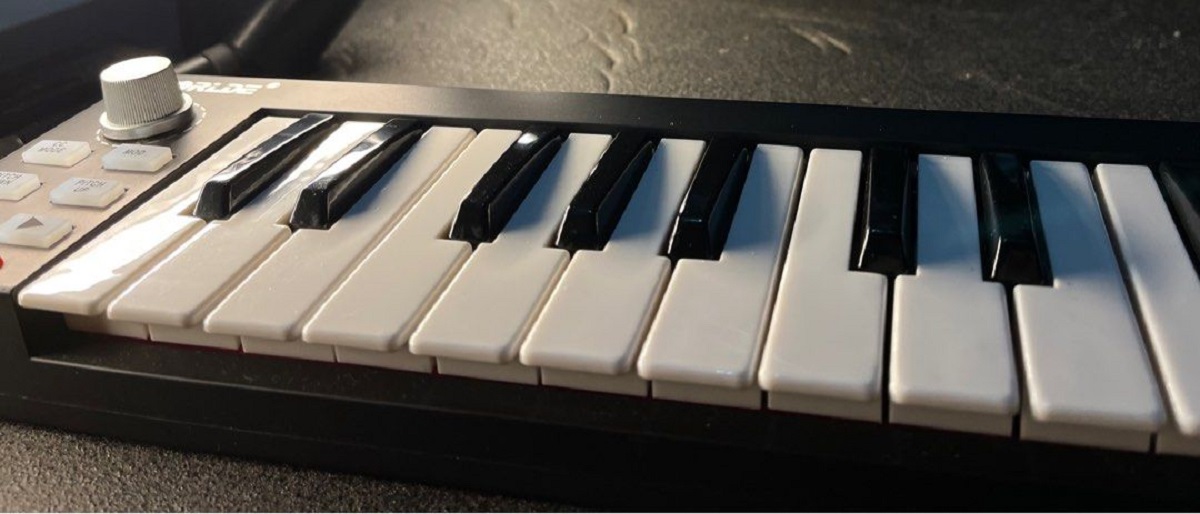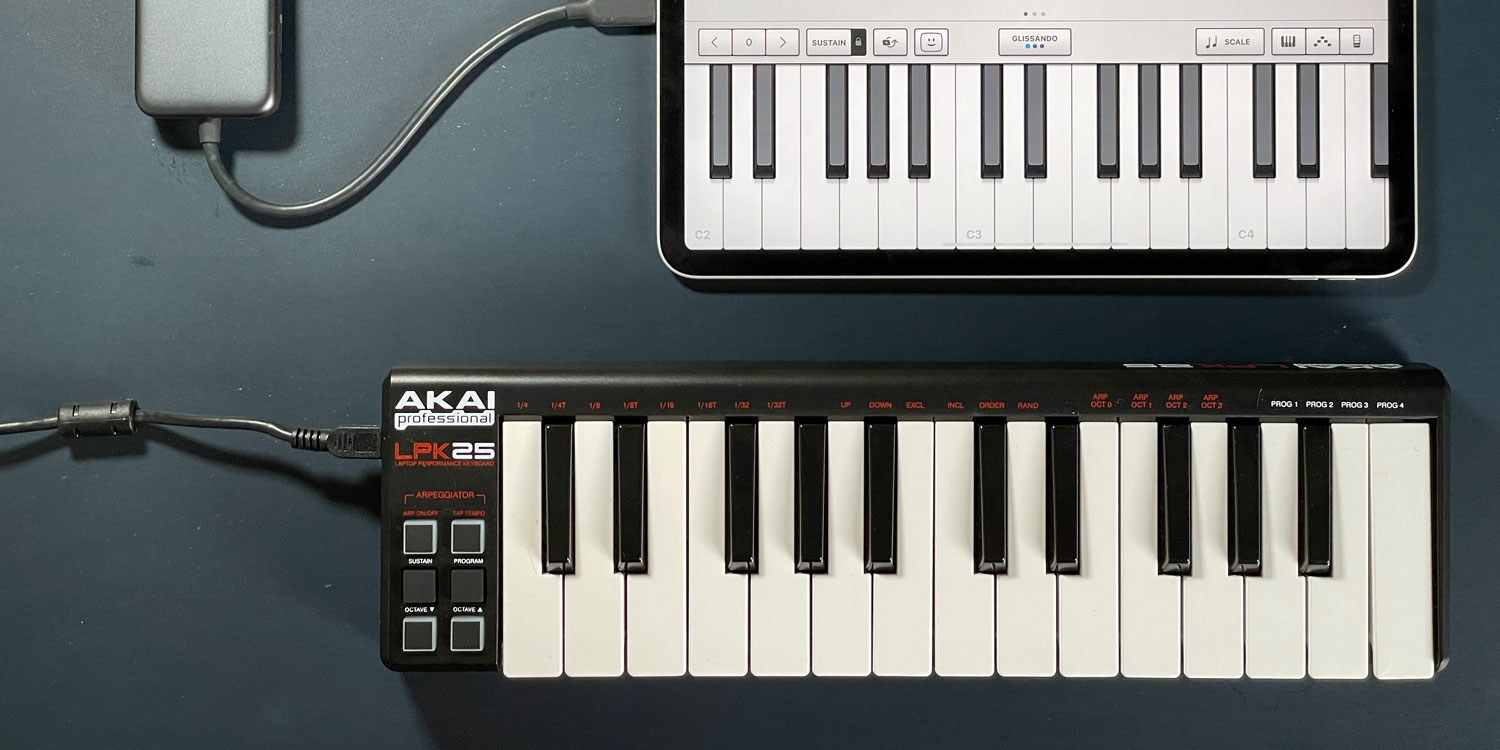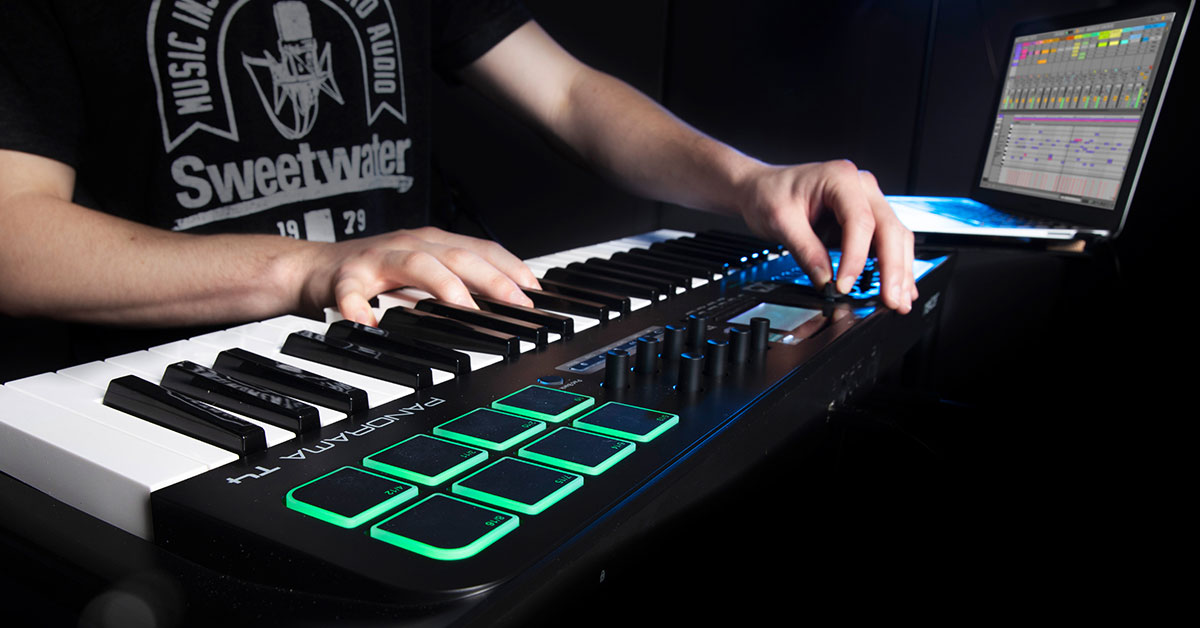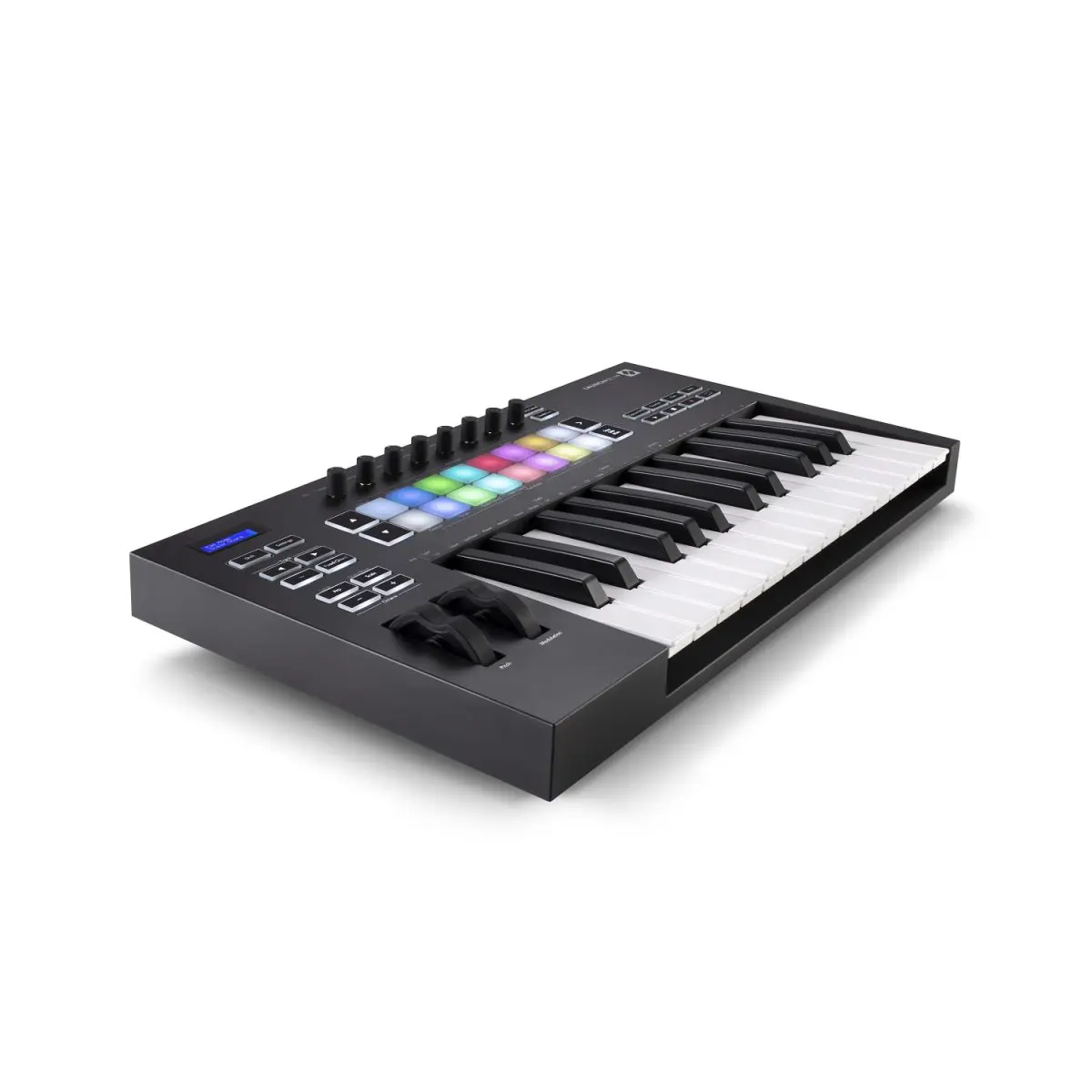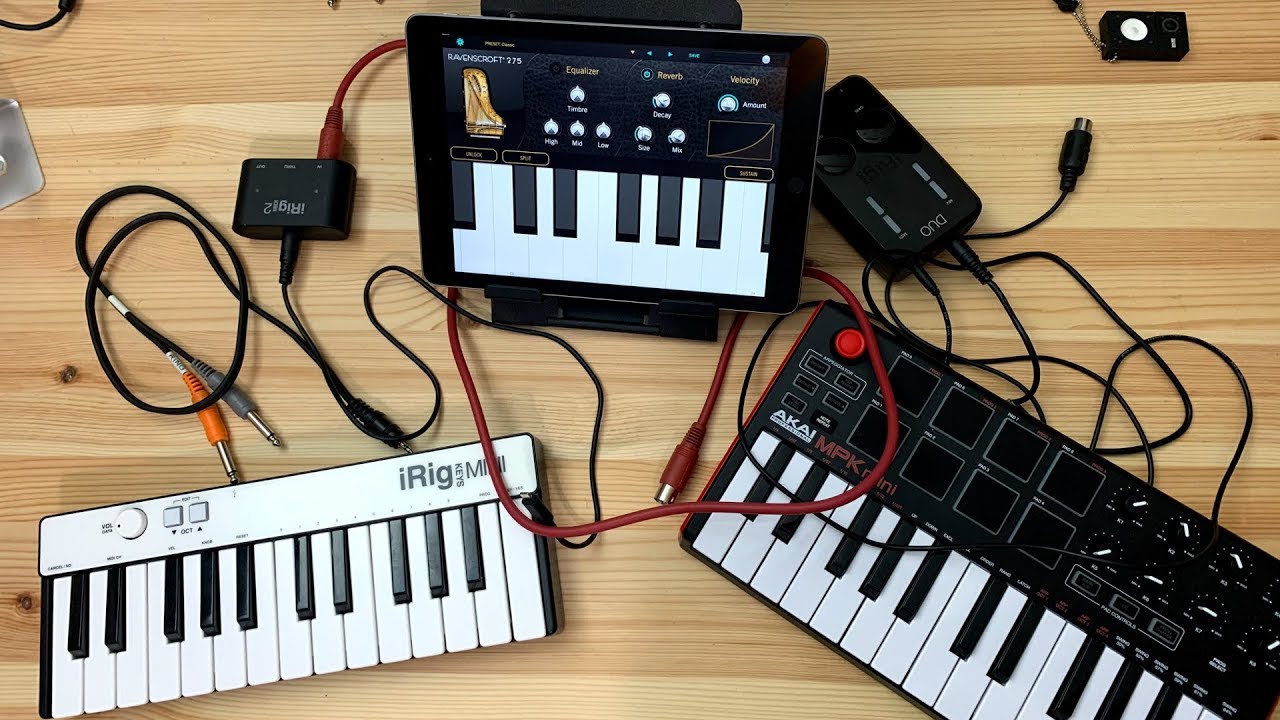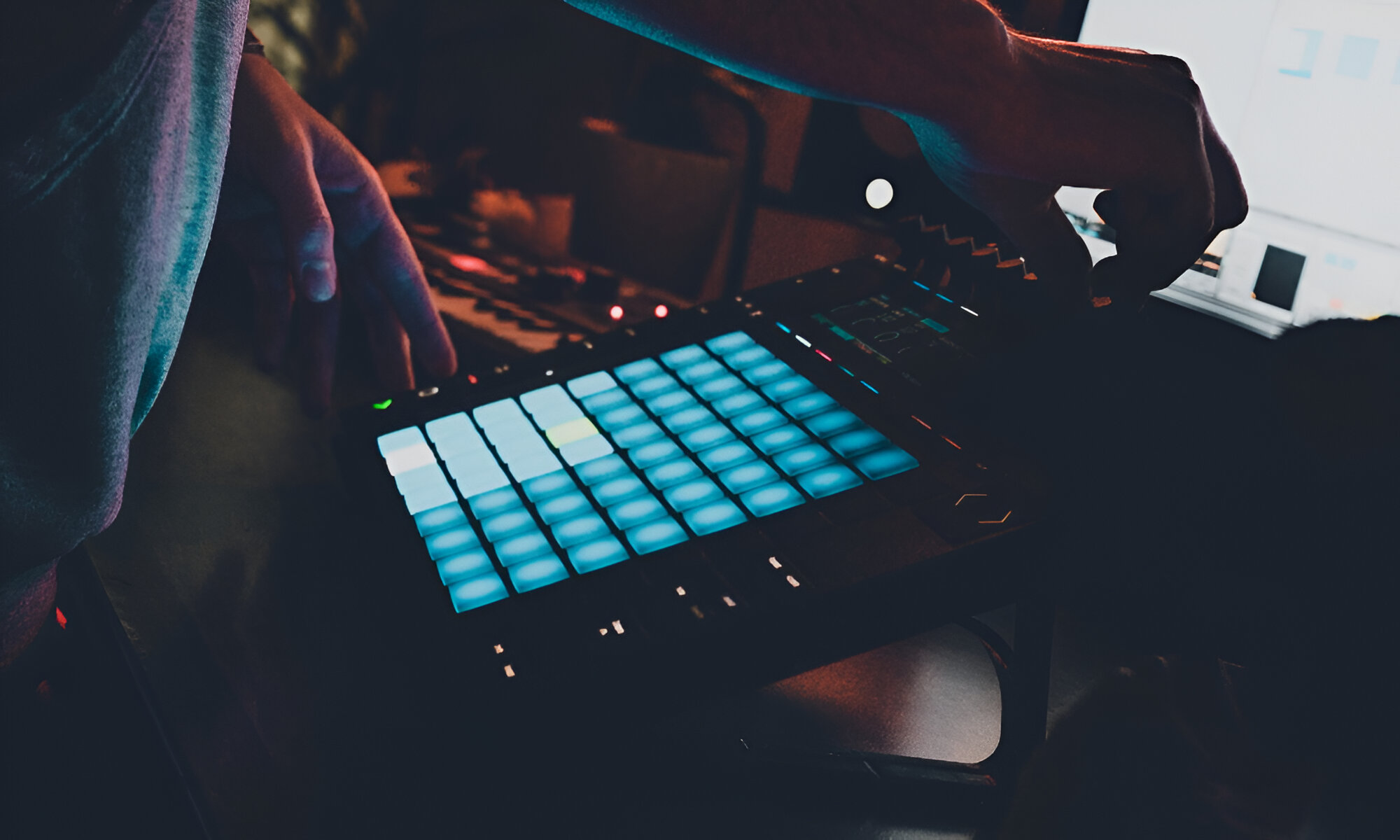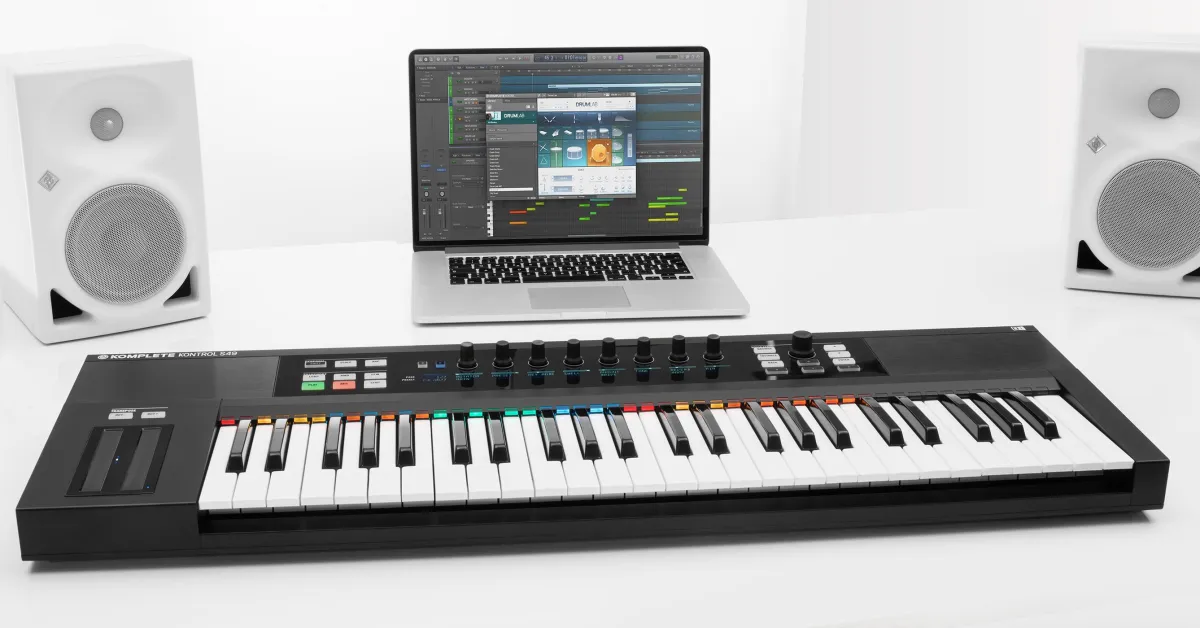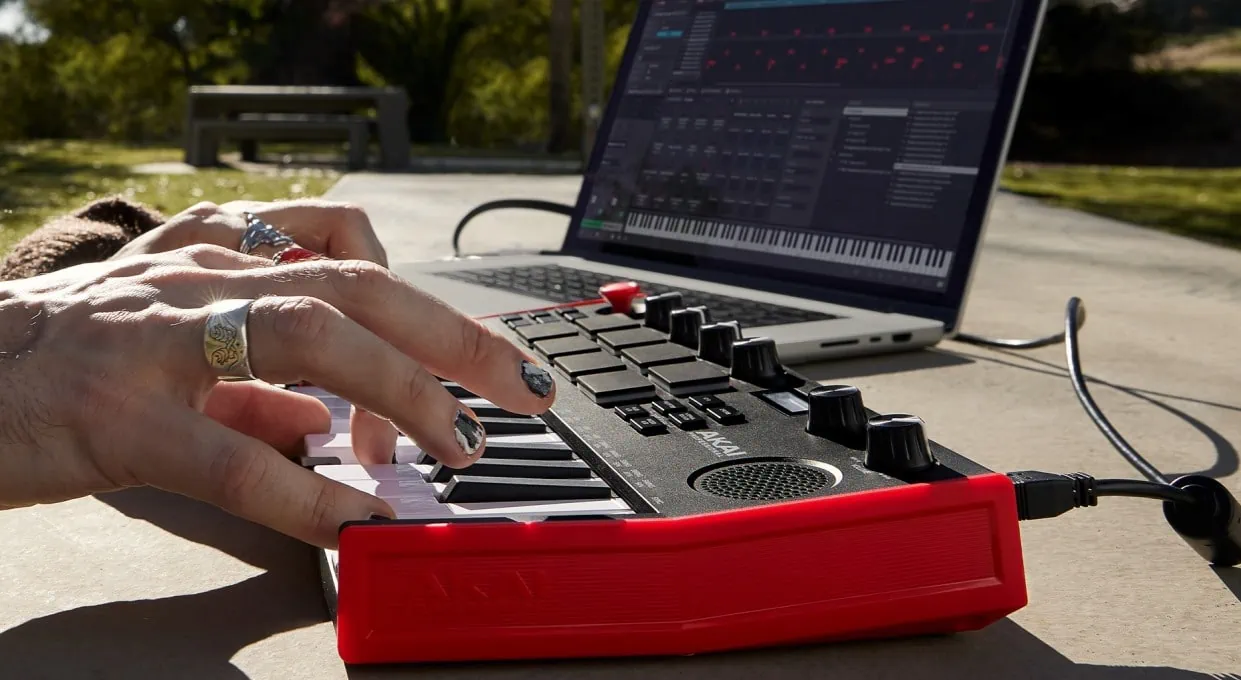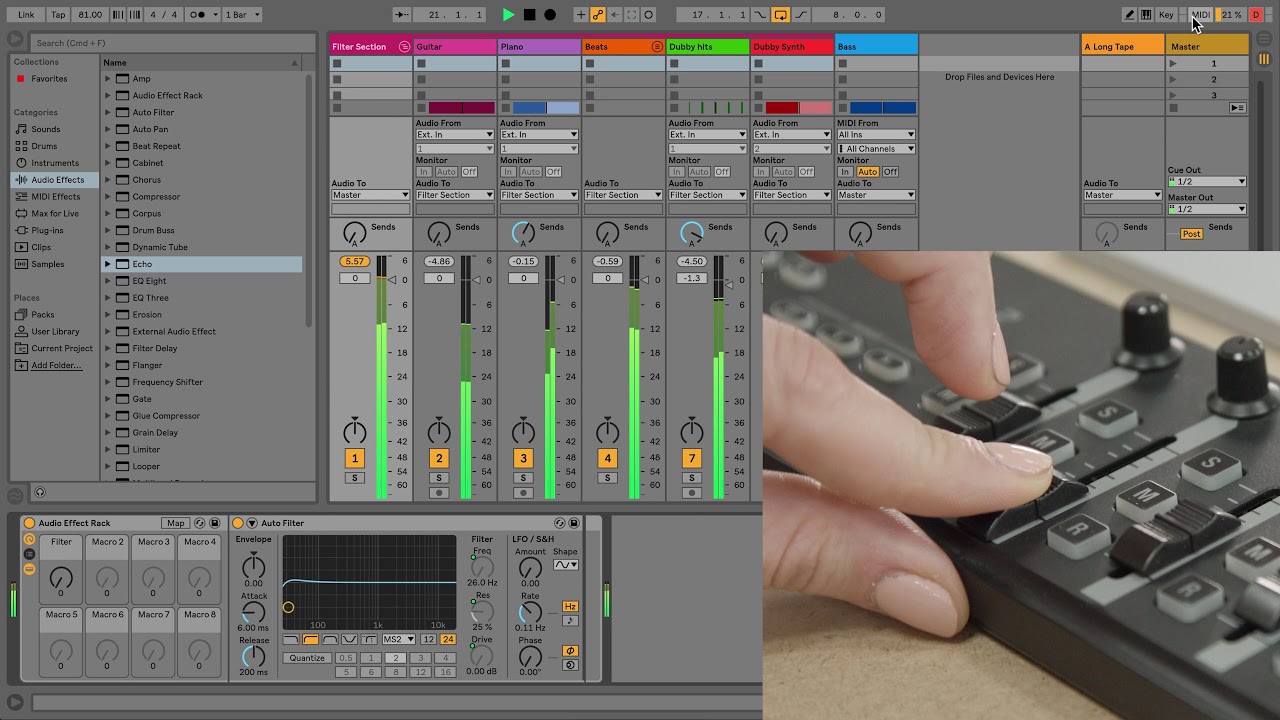Introduction
Are you experiencing frustrating delays when playing your MIDI keyboard? This issue can be exasperating, especially when you're striving for seamless musical performance. Understanding the causes of MIDI keyboard delay and how to mitigate it is essential for musicians and producers who rely on these instruments for their creative endeavors.
MIDI keyboards have become indispensable tools for musicians, offering a versatile and expressive way to create music. However, when latency issues arise, they can hinder the creative process and diminish the overall experience. Whether you're a seasoned professional or an aspiring musician, grappling with MIDI keyboard delay can be a significant obstacle.
In this comprehensive guide, we will delve into the intricacies of MIDI keyboard delay, exploring its underlying causes and providing practical solutions to minimize or eliminate this frustrating issue. By gaining a deeper understanding of MIDI keyboard delay and implementing effective strategies to mitigate it, you can enhance your musical performances and streamline your creative workflow.
Let's embark on this journey to unravel the mysteries of MIDI keyboard delay, empowering you to overcome these challenges and unlock the full potential of your musical endeavors.
Understanding MIDI Keyboard Delay
MIDI keyboard delay, also known as latency, refers to the noticeable lag between the moment a key is pressed on the MIDI keyboard and the corresponding sound produced by the connected device, such as a computer or sound module. This delay can disrupt the natural flow of playing and create a disconnect between the musician and the music being produced.
It’s important to distinguish between two types of latency: input latency and output latency. Input latency occurs when there is a delay between pressing a key on the MIDI keyboard and the signal reaching the connected device. On the other hand, output latency refers to the delay between the device processing the signal and producing the sound. Both types of latency contribute to the overall MIDI keyboard delay and can impact the user experience.
Understanding MIDI keyboard delay involves recognizing the technical and perceptual factors that contribute to this phenomenon. From the processing speed of the connected device to the efficiency of the MIDI interface and the performance of the software or sound module, various elements can influence latency. Moreover, perceptual factors, such as the musician’s sensitivity to timing discrepancies, play a crucial role in how MIDI keyboard delay is perceived.
As musicians strive for precision and expressiveness in their performances, MIDI keyboard delay can pose a significant challenge. It’s essential to grasp the nuances of this issue to effectively address it and optimize the musical experience. By delving into the intricacies of MIDI keyboard delay, we can gain valuable insights into its impact and explore effective strategies to mitigate its effects.
Now that we’ve laid the groundwork for understanding MIDI keyboard delay, we can delve deeper into the specific causes that contribute to this phenomenon, shedding light on the technical and practical aspects that shape the user experience.
Causes of MIDI Keyboard Delay
The causes of MIDI keyboard delay can stem from various technical and operational factors that affect the performance and responsiveness of the instrument. Understanding these underlying causes is crucial for identifying and addressing latency issues effectively.
1. Hardware Limitations: The hardware components involved in the MIDI setup, including the MIDI keyboard, interface, and connected device, can contribute to latency. Outdated or underpowered hardware may struggle to process MIDI data efficiently, leading to noticeable delays in signal transmission and sound output.
2. Software Processing: The software used to interpret MIDI data and generate sound plays a pivotal role in latency. Inadequately optimized software, excessive processing overhead, or inefficient audio drivers can introduce delays in sound production, impacting the real-time responsiveness of the MIDI keyboard.
3. Buffer Settings: The buffer size, which determines the amount of data processed at once, can influence MIDI keyboard delay. Large buffer sizes can increase latency to ensure stable audio playback, while smaller buffers reduce latency but may result in audio glitches. Finding the optimal buffer settings is essential for balancing latency and audio quality.
4. System Performance: The overall performance of the connected device, whether it’s a computer or external sound module, directly affects MIDI keyboard delay. Insufficient processing power, memory constraints, and background tasks can impede real-time MIDI data processing, leading to perceptible latency in music production.
5. Interface Connection: The type and quality of the MIDI interface used to connect the keyboard to the device can impact latency. USB, MIDI, or other connection interfaces each have their own latency characteristics, and the quality of the interface’s hardware and drivers can influence the overall responsiveness of the MIDI setup.
By examining these causes of MIDI keyboard delay, we can gain a comprehensive understanding of the multifaceted factors that contribute to latency in musical performances. Addressing these underlying causes through strategic adjustments and optimizations is essential for minimizing MIDI keyboard delay and ensuring a seamless and immersive musical experience.
How to Reduce MIDI Keyboard Delay
Reducing MIDI keyboard delay requires a systematic approach that addresses both hardware and software elements to optimize the performance of the instrument and its connected devices. By implementing the following strategies, musicians and producers can minimize latency, enhancing the responsiveness and real-time playability of their MIDI keyboards.
1. Optimize Hardware Configuration: Upgrading hardware components, such as the MIDI interface and the computer’s processing capabilities, can significantly reduce latency. Investing in a high-quality audio interface with low-latency drivers and ensuring that the computer or sound module meets the system requirements for audio processing can mitigate hardware-related delays.
2. Adjust Buffer Settings: Fine-tuning the buffer settings in the audio software can help strike a balance between latency and audio stability. Lowering the buffer size reduces latency but may strain the CPU, while increasing the buffer size enhances stability at the cost of higher latency. Experimenting with different buffer settings to find the optimal balance is essential for minimizing MIDI keyboard delay.
3. Utilize Low-Latency Modes: Many audio interfaces and software applications offer low-latency modes or settings designed to prioritize real-time audio processing. Enabling these modes can minimize the processing overhead and prioritize the responsiveness of the MIDI keyboard, reducing the perceptible delay in sound production.
4. Software Optimization: Keeping audio drivers, operating systems, and audio software up to date is crucial for optimizing performance and minimizing latency. Software updates often include improvements in audio processing efficiency and latency reduction, enhancing the overall responsiveness of the MIDI setup.
5. Performance Tuning: Streamlining the performance of the connected device by minimizing background processes, optimizing system settings, and allocating sufficient resources to audio processing can mitigate latency. Prioritizing the MIDI keyboard’s real-time performance over other non-essential tasks can enhance its responsiveness.
6. Consider Alternative Connections: Exploring alternative connection methods, such as using different types of MIDI interfaces or experimenting with direct USB connections, can offer insights into latency reduction. Different connection interfaces may exhibit varying latency characteristics, and finding the most responsive setup is essential for minimizing MIDI keyboard delay.
By diligently applying these strategies and optimizations, musicians and producers can effectively reduce MIDI keyboard delay, fostering a more immersive and seamless musical experience. Embracing a proactive approach to latency reduction empowers individuals to unleash the full potential of their MIDI keyboards, enabling expressive and real-time musical performances.
Conclusion
Unraveling the complexities of MIDI keyboard delay has shed light on the multifaceted nature of this issue, encompassing technical, perceptual, and operational dimensions. By understanding the causes and implications of latency, musicians and producers can embark on a journey toward minimizing its impact and optimizing the real-time playability of their MIDI keyboards.
From hardware limitations and software processing to buffer settings and system performance, the causes of MIDI keyboard delay are diverse and interconnected. Addressing these factors through strategic optimizations, hardware upgrades, and software adjustments is instrumental in reducing latency and enhancing the overall user experience.
By embracing a systematic approach to latency reduction, individuals can unlock the full potential of their MIDI keyboards, enabling seamless and expressive musical performances. The convergence of hardware and software optimizations, coupled with a nuanced understanding of latency’s perceptual impact, empowers musicians to transcend the constraints of MIDI keyboard delay and immerse themselves in the art of real-time music production.
As technology continues to evolve and innovations in audio processing emerge, the quest for minimizing MIDI keyboard delay remains an ongoing endeavor. By staying attuned to advancements in hardware, software, and performance optimization techniques, musicians and producers can navigate the ever-changing landscape of latency reduction, ensuring that their creative endeavors unfold with unparalleled responsiveness and fluidity.
Armed with a deeper understanding of MIDI keyboard delay and equipped with practical strategies to mitigate its effects, individuals can embark on a musical odyssey marked by seamless playability, expressive performances, and an unwavering pursuit of sonic excellence.







